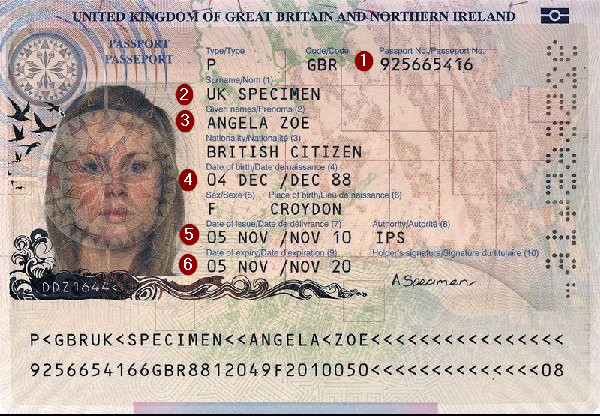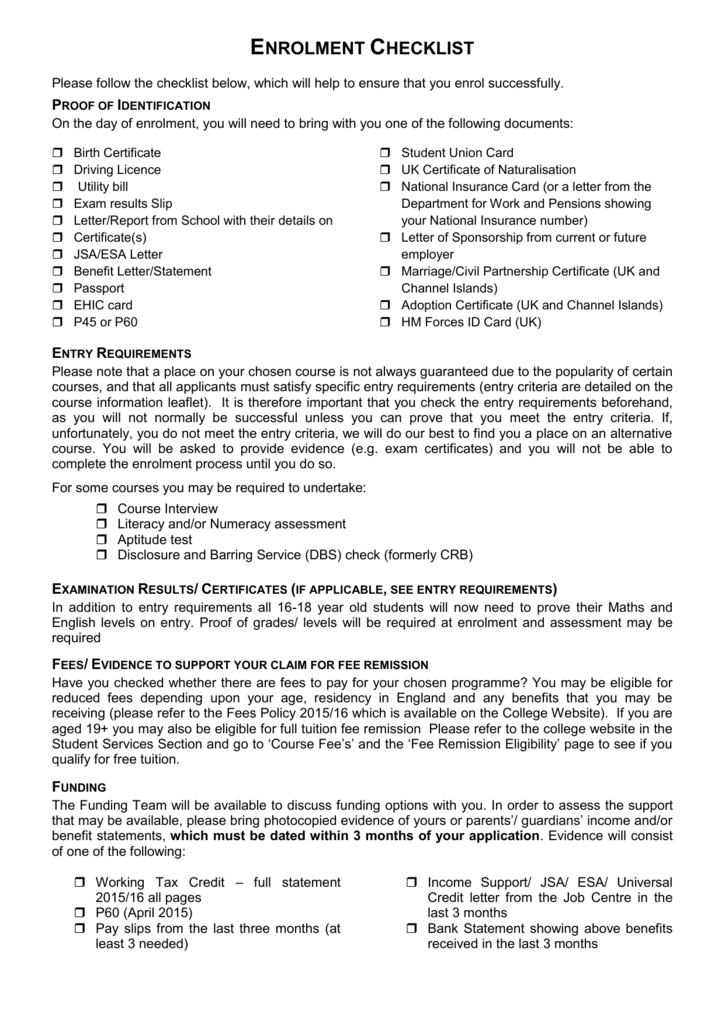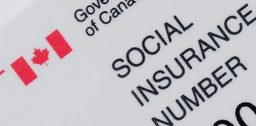

In the case of a woman born on 31 December 1958, for example, the temporary NI number would have been TN 31 12 58 F.

Until April 2001, employers sometimes allocated their employees a temporary insurance number, which followed the format " TN dd mm yy x", where 'TN' stands for temporary number and is static and x is M for male, F for female, or P for pensioner and the numbers in the midsection were the employee's date of birth. The Northern Ireland National Insurance scheme is funded and administered separately from the scheme in Great Britain but operates identically so that, in practice, the same rules apply throughout the United Kingdom. To trace unknown NI numbers, a general index contained millions of small RF2 index slips, filed in order of surname and listing the name(s), date of birth, and NI number for every person within the National Insurance scheme. Within each of the 100 sections, NI numbers were allocated among 16 splits with one clerk administering each split. These 100 sections dealt not only with the recording of NI contributions but with requests for information about qualifying contributions necessary to pay sickness, unemployment, widows, and other benefits and also with any correspondence arising from those NI accounts and NI cards. In Great Britain, expired NI cards were sorted into one hundred separate groups corresponding to the final two numbers of the NI number and were posted to the individual insured person's NI account (the RF1) by the corresponding one hundred ledger sections at the Records Branch of the Central Office of the Ministry of Labour and its successors-the Ministry of National Insurance (from 1945), Ministry of Pensions and National Insurance (1953), the Department of Health and Social Security (1968), Department of Social Security (1988), and Department for Work and Pensions (since 2001).

From 6 April 1975 onwards, a computerised National Insurance Recording System (NIRS) was used to allocate all NICs by tax years. The B, C and D stagger NI Cards had a shorter period of validity in their final year and ran from June, September and December respectively in 1974 until 6 April 1975. This staggered system operated from 5 July 1948 until 1975, at which time the A stagger cards were extended to run an extra five weeks, until 5 April 1975, in line with the end of the tax year. For example, a B stagger card issued in 1955 might have run from the first Monday in June that year until the first Sunday in June the following year. Stagger B suffix cards ran from June until the following June, stagger C from September until the following September and stagger D from December until the following December. Suffix A cards ran from March of one year until March of the next when they were exchanged for a new one. Cards were exchanged every twelve months and because of the very large numbers of cards issued the exchange was staggered. Until 1975, the suffixes A, B, C and D at the end of the NI number signified the period of validity of the National Insurance cards originally used to collect National Insurance contributions (NICs). In official electronic submissions, the final letter may be represented by a space if not known. The NI number is unique without the suffix letter, so, for example, if AB 12 34 56 C exists, then there will be no other numbers beginning with AB 12 34 56 (although temporary numbers were not necessarily unique, because two people with the same date of birth would have had the same number). (although F, M, and P have been used for temporary numbers in the past). The suffix letter is either A, B, C, or D. The last two digits determine the day of the week on which various social security benefits are payable and when unemployed claimants need to attend their Jobcentre to sign on (renew their claims): 00 to 19 for Monday, 20 to 39 for Tuesday, 40 to 59 for Wednesday, 60 to 79 for Thursday and 80 to 99 for Friday. Īfter the two prefix letters, the six digits are issued sequentially from 00 00 00 to 99 99 99. Validation lists of issued two-letter prefixes are published from time to time. The prefixes BG, GB, NK, KN, TN, NT and ZZ are not allocated. Neither of the first two letters can be D, F, I, Q, U or V. The format of the number is two prefix letters, six digits and one suffix letter. People from abroad who wish to work in the UK, or those to whom a number was not initially allocated as children, must apply for a number through the Department for Work and Pensions (DWP). As a result of this, siblings who met the criteria above were allocated NI numbers sequentially.

In 1993, a one-off mass allocation of NI numbers was made to all children under the age of 16 whose parents were in receipt of Child Benefit. Shortly before a person's 16th birthday, HM Revenue and Customs (HMRC) notifies them of their NI number.


 0 kommentar(er)
0 kommentar(er)
